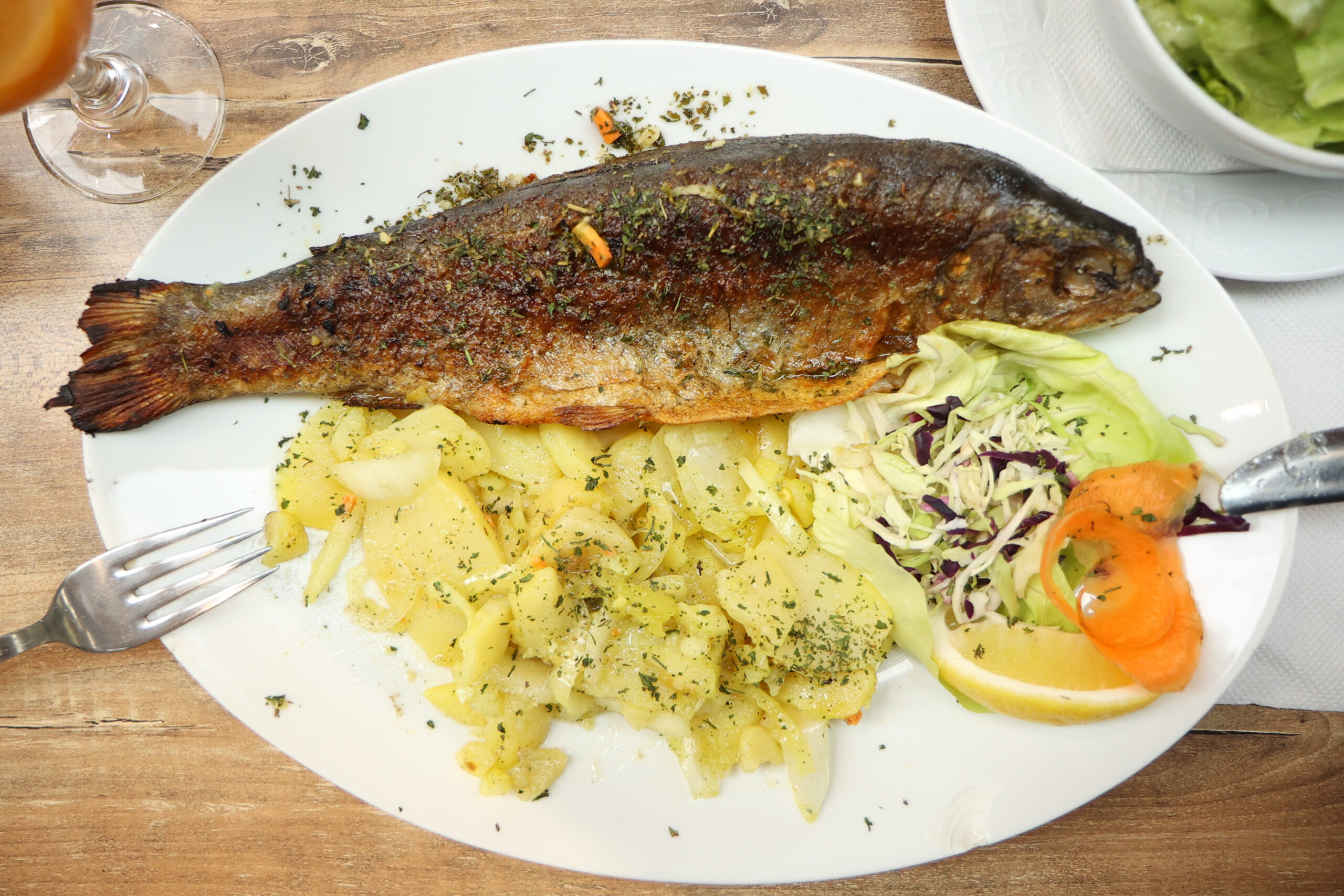Nature has woken. Greened up and flourished. The heavy rains of May have made her shine. It must be time for a true adventure in nature. Let’s go to the rainforest. No, no, nowhere far, just to the east of our homeland. In the vicinity of the town of Despotovac. To the kingdom of forests and plants, to the mining region and the sanctuary where Prince Lazar Hrebeljanović rests.

BECAUSE VINATOVAČA IS THE SERBIAN RAINFOREST
Not as we usually imagine it to be – dark and ominous, with traps and dangers lurking everywhere. Rather, enchanted in ancient times, intact, unblemished by human hand. Where trees fall only because of old age or weather, and where nature rules, by its own rules. Our Vinatovača was brought into existence by the Beljanica mountain, near Despotovac. In the area between 650 and 870 m of altitude. There is a beech society spreading on around 37 hectares. Several centuries old. Some are older than 350 years. Colossal ones. Some have risen above 45 meters. They are watered by the Vinatovac stream, a left tributary of the Resava river.
Finally, we arrive at the field with a white cross. We walk on wet soil covered with leaves. Through the dense canopies of densely planted, giant beech trees, a piece of the blue dome appears only occasionally. There is a smell, an uncanny smell, like garlic. We look at each other in confusion, as our host smilingly reveals those are ramsons, wild garlic. After all, our sense of smell didn’t fool us. We cross the wooden bridge and walk around a bit, carefully and quietly, so as not to disturb the peace. Completely enthralled by the primordial scenes. We’re not going any deeper. We respect the will of the forest to be left alone in its magic and witness prehistoric times.
The road to Vinatovača is quite tough. It’s a forest road, with a lot of deep ravines and climbs, so it’s best to take the SUV. There is no mobile network available on the road or in the rainforest. There are no signposts, so make sure you are well informed before you leave.

BECAUSE THE WATERFALL CALLED PRSKALO IS THE HIDDEN GEM OF THE RESAVA REGION
It found its home on the slopes of the Kučaj mountains, at about 770 meters above sea level. A sculptural fantasy of nature. It reminds a bit of a mythical creature. A cone-shaped stone sculpture, about 15 meters high, dressed in moss. From the very top, from the little canal, over the “nose” comes water that splashes everywhere. That is why it was named Prskalo (“Spray”). In summer, water only trickles or drips but it never ever dries up. You can see it from the road that divides it from the creek. The dirt road, about 15 km from the asphalt, is quite demanding. It can be done by a quad, an off-road vehicle, or on foot if you are in good shape. Sometimes it is also closed due to the proximity of the Pasuljanske livade military polygon. Whichever way you go to the waterfall, you’ll enjoy it. The surroundings are fairytale-like.

BECAUSE THE MUSEUM OF COAL MINING HAS UNIQUE EXHIBITS
The Senj mine was founded in 1853 and is the oldest active coal mine in Serbia. It has never stopped working ever since. Not even in times of war. At that time, in the absence of male strength, the work was taken over by women and children, under duress. This is evidenced by the black and white photographs exhibited at the Museum of Coal Mining. The building, built in 1930, served as the main warehouse for tools and materials, before being converted into a museum half a century later. The display is quite interesting and varied. Antique and medieval digging tools, mining lamps and suits, cave measuring instruments, medals, archival material, and models are on display.

Across the street is a former workshop including a blacksmith shop, today part of the museum in which the daily lives of miners and their families are presented, as well as the original stand of a metal lathe and two large blacksmith stoves. The building next to it is Aleksandrov potkop, the oldest mine shaft built in 1860. Above the entrance to the pit is a former administrative building, in oriental style. It is one of the few entrances that has been preserved in its original state. In front of it is an open-air industrial zone where coal was once purified and shipped.
Next to the main museum building is the famous restaurant called Proleće (Spring). Rather decrepit on the outside, its interior has unorthodox decorations in the form of a mine shaft. The host reveals the plans for the renovation and the idea of transforming the surrounding area into a small town-museum with existing displays. Fingers crossed.

BECAUSE THE MINE TOWER IS POWERED BY A STEAM ENGINE
A technological miracle from the early 70s of the 19th century. And miracles are usually simple and often long-lasting. The steam engine produced in Graz arrived at the mine in 1922, when the construction of the mining tower began. It consists of two elevators for miners to descend to a depth of 150 meters and extract. The elevators are powered by a steam engine that is still running at full speed. The cables are checked regularly, and the cogs on the central shaft are made in a mine workshop of dry vine wood, proudly says the gentleman who has been skillfully managing it for years and knows its soul. It is the only active steam engine of its kind in Europe and hence has been declared a cultural good. This year it is its 150th birthday. Congratulations and a miner’s greeting “good luck” to our guys descending into the bowels of the earth to earn their daily bread.





